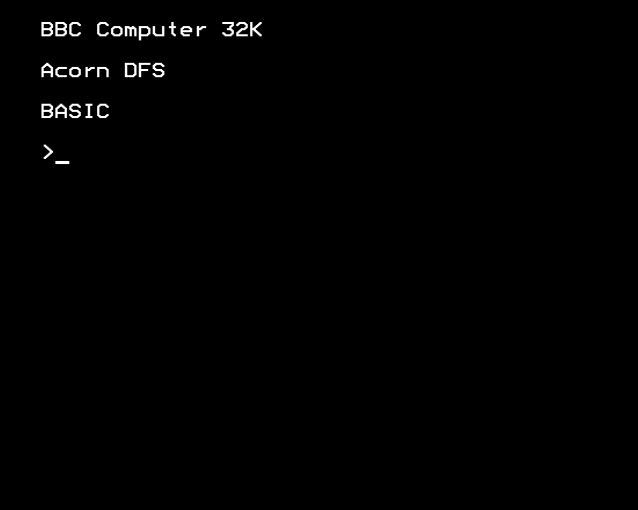Excerpt from an artist talk to be given by Tim Pickup (Genetic Moo LG) on Fri 18 Jan, as part of the exhibition In the Dark at the Cello Factory.
When I was about 12 my mother bought the family a computer which I shared with my younger brother and sister. A BBC Micro Model B with 32k of RAM and 8 colours: Red, Green, Blue, Cyan, Yellow, Magenta, Black, and White. When you turned on the machine it would give a solid beep and bring up the splash screen instantly.

The white cursor blinking away on a sea of black, waiting for your command, for this computer would do nothing without instruction. And off you’d go, typing up programs line by line into the machine and then typing >RUN and hoping that the, in some cases, hundreds of lines you’d typed were somehow bug free and you’d be playing the latest version of Lunar Jetman or Castle Raider.
Eventually the family bought a floppy disc drive which meant that any programs you’d typed could be saved much more easily than the cassette tape technique we first used. I began to experiment with my own programs probably aged about 16, by now the computer was in my bedroom. I did have a go at a couple of the games but what really enthrawled me were simple programs which allowed me to follow the activity of hundreds of pixels across the screen. I began to concoct my own little abstract worlds. Here’s an example of the type of worlds I remember writing, rewritten in the Javascript language to run in this browser.
The program is a handful of lines long and just adds pixels to the screen randomly one pixel at a time. I would sit transfixed, past midnight with the lights out watching these silent algorithms go about their work. Ordering light and dark around the screen, picking a clear patch and seeing how long I could last on this spot undisturbed. If a pixel landed on me then I would pick another spot and so on. Until the entire screen filled up. Which pixels would be safest the longest? How did randomness work on a computer? How could you predict?
And so my fascination or borderline obsession with moving pixels began. Anthropomorphising or zoomorphising them. Endowing them with animal qualities. Building simple systems of behaviour using algorithms. The simpler the better. How simple could these rules be to satisfy me as alive?
40 years later and I am still effectively doing this.
The black of the screen (or more often these days projection surfaces) providing the ground about which simple digital creatures shuffle and switch. These islands of intent amidst the infinite depth of the blank black screen. And this has always been the preference white pixels on black, never black pixels on white space. The phrase “black pixels” doesn’t make sense to me.
And thus to the brilliant white of the Cello Factory and Genetic Moo’s continuous struggle to produce effective works in this space, apart from at the Christmas Party – the one time of the year we are allowed to turn the lights off. But what if we ‘black it out’? And thus the idea for In the Dark was born. The private view night will be zapped with laser pens, and mirror projection performances. Works will shine on all surfaces from the floor to the ceiling. Kinetic sculptures will send reflections here, there and everywhere. Lightboxes, neons and carousels will turn the room into a giant magic lantern with a dark side, a whiff of phantasmagoria. Hopefully some of the excitement I felt watching pixels dart about a 10 inch BBC Micro screen in the dark is generated by this show.
Tim Pickup (Genetic Moo) 2018
This essay is an expanded section from an artist talk which Tim Pickup of Genetic Moo will give on Fri 18 Jan* about creative manipulations of darkness and the difficulties of digital projection. The talk is titled ‘The Genetic Moo Paradox’.
*In the Dark
17-19 Jan, daily 2-6
The Cello Factory,33-34 Cornwall Rd, Lambeth, London SE1 8TJ
Artists’ Talks 4-6pm Fri 18 Jan
